Student recognition represents far more than feel-good acknowledgment or participation trophies—it serves as a powerful catalyst shaping students’ academic trajectories, self-confidence, and long-term success. When schools systematically celebrate achievement through meaningful recognition programs, they create environments where students develop the motivation, resilience, and self-belief essential for reaching their full potential throughout education and beyond.
Research consistently demonstrates that recognized students outperform their peers across multiple measures: they earn higher grades, demonstrate better attendance, exhibit stronger engagement, show greater persistence through challenges, and develop more ambitious goals for their futures. Recognition transforms how students view themselves and their capabilities, creating upward spirals where acknowledgment fuels effort, effort generates achievement, and achievement earns further recognition—building momentum toward increasingly impressive accomplishments.
This comprehensive guide explores how schools can leverage student recognition to drive future success, from understanding the psychological mechanisms linking acknowledgment to achievement, to implementing modern digital recognition systems that celebrate diverse accomplishments while inspiring continued excellence. Whether you’re an educator, administrator, or school leader seeking to maximize student potential, discover evidence-based strategies for building recognition cultures that genuinely transform student outcomes.
The Psychology Behind Recognition’s Impact on Success
Understanding how recognition influences student development provides essential foundation for designing programs that genuinely improve outcomes rather than implementing superficial acknowledgment that fails to drive meaningful change.
Recognition Builds Self-Efficacy and Growth Mindset
Self-efficacy—students’ beliefs about their ability to succeed—predicts achievement more powerfully than most other factors. Recognition directly strengthens self-efficacy by providing external validation that students can achieve goals through effort and strategy. When schools celebrate not just outcomes but the processes leading to success, they reinforce growth mindsets emphasizing that capability develops through dedication rather than remaining fixed by innate talent.

Students who see themselves honored for improvement, perseverance, and skill development internalize narratives about their capacity for growth. This internalization proves particularly powerful for students from underrepresented backgrounds who may lack familial models of academic success or face systemic messages questioning their potential. Recognition provides counter-narratives demonstrating that they belong among achievers and possess capabilities for continued excellence.
Social Validation and Identity Development
During critical developmental periods, peer recognition carries tremendous weight in shaping students’ emerging identities. When schools publicly celebrate academic achievement, leadership, character, and service, they communicate that these qualities define valued community members. Students naturally gravitate toward identities receiving social validation, making recognition a powerful tool for promoting positive behaviors and ambitious goals.
Recognition creates aspirational targets for peers observing celebrated students. When classmates see familiar faces honored for accomplishments, those achievements feel attainable rather than reserved for distant superstars. This accessibility proves crucial—students pursue goals they believe within reach far more readily than objectives seeming impossibly remote. Strategic recognition showcasing diverse pathways to success ensures all students identify potential routes to their own acknowledgment.
Motivation Through Meaningful Acknowledgment
Effective recognition satisfies fundamental psychological needs driving intrinsic motivation. Self-Determination Theory identifies autonomy, competence, and relatedness as core motivational drivers. Well-designed recognition programs address all three: they honor students’ autonomous choices to pursue excellence, validate their developing competence, and strengthen their connections to school communities through shared celebration.
Critically, recognition must feel authentic and earned to generate sustainable motivation. Students possess sophisticated detection systems for genuine versus perfunctory acknowledgment. Meaningful recognition requiring demonstrated achievement through transparent criteria motivates continued effort, while participation awards lacking merit actually undermine motivation by communicating low expectations and devaluing genuine accomplishment.

How Recognition Drives Academic Performance
The connection between recognition and academic success operates through multiple complementary mechanisms creating powerful effects on student learning and achievement.
Increased Effort and Engagement
Students who receive recognition for academic achievement demonstrate measurably increased effort in subsequent work. The acknowledgment validates that investment in learning yields valued outcomes, reinforcing the effort-achievement connection. This increased engagement manifests through more time spent studying, greater participation in class discussions, higher quality work on assignments, more questions asked when confused, and stronger persistence when encountering difficult material.
Recognition programs celebrating diverse achievements—from traditional academic excellence to significant improvement, creative problem-solving, collaborative contributions, and subject-specific mastery—ensure students across ability levels experience motivation benefits. When only top performers receive acknowledgment, mid-level students often disengage believing recognition remains unattainable. Comprehensive programs recognizing growth alongside absolute achievement keep all students invested in continued development.
Goal Setting and Academic Ambition
Visible recognition creates concrete targets students aspire to reach. When schools prominently display honor roll recipients, academic competition winners, scholarship earners, or advanced placement scholars, they establish clear markers of achievement for students planning their academic trajectories. This goal-setting function proves particularly valuable for first-generation college students or those from families lacking familiarity with academic pathways—recognition provides roadmaps showing what excellence looks like and how students might achieve similar acknowledgment.
Schools implementing comprehensive student recognition programs report increased enrollment in honors courses, greater participation in academic competitions, and higher rates of students pursuing challenging optional coursework. Recognition transforms academic excellence from abstract concept to tangible, achievable target students actively pursue.
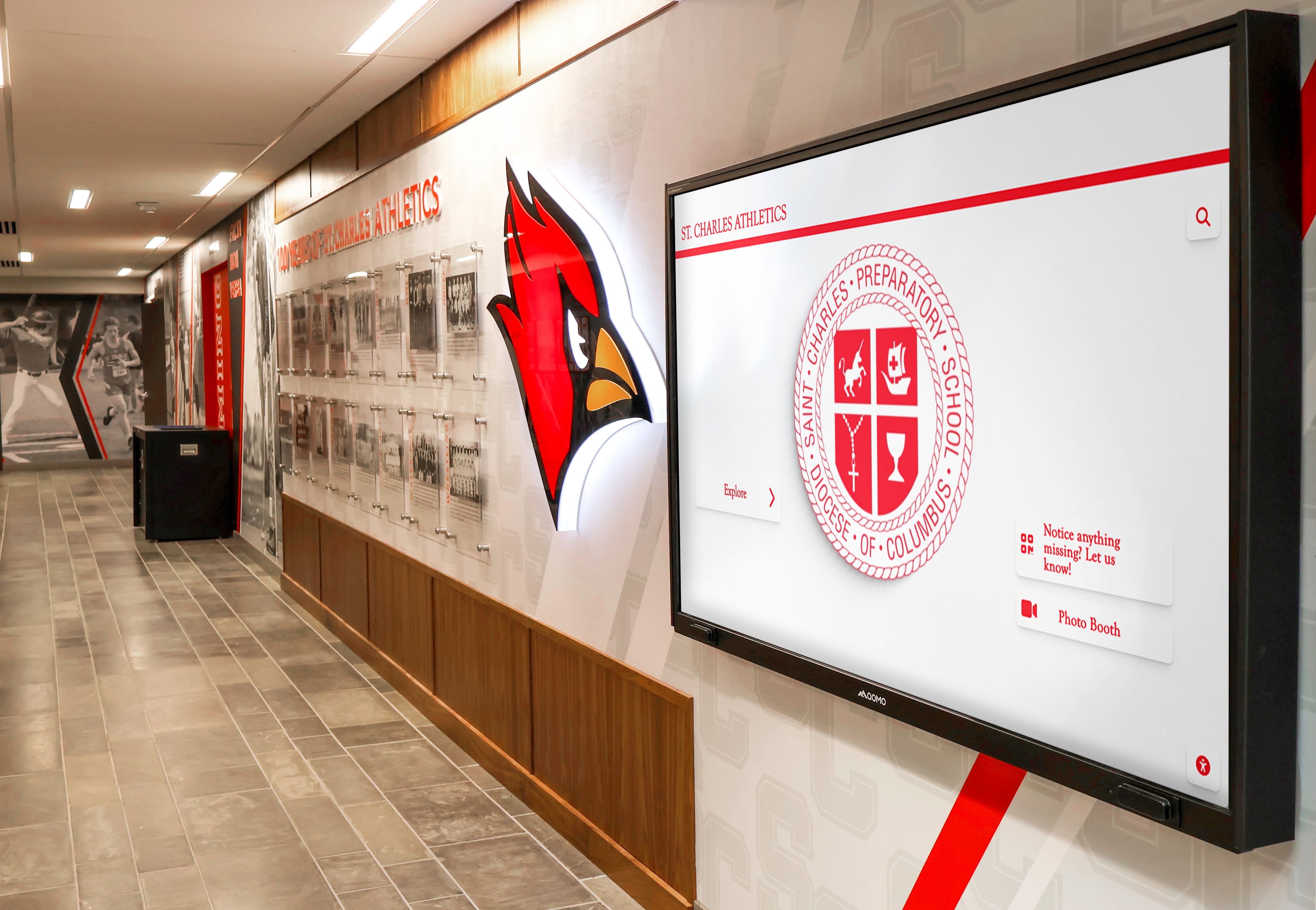
Resilience and Persistence Development
Perhaps recognition’s most powerful long-term impact involves building resilience—students’ capacity to persist through setbacks and challenges. Students with recognition histories develop confidence that effort yields success, making them more willing to attempt difficult tasks risking potential failure. This willingness to embrace challenge distinguishes high-achieving students from peers who avoid difficult work protecting themselves from failure experiences.
Recognition celebrating improvement and growth particularly strengthens resilience by demonstrating that struggling then succeeding deserves celebration. When schools honor students who overcame learning challenges, improved significantly from previous performance, or demonstrated exceptional perseverance, they communicate that setbacks represent normal parts of learning processes rather than evidence of inadequate ability. This message proves essential for developing grit and persistence predicting long-term success.
Recognition’s Role in Character and Social-Emotional Development
Academic achievement alone doesn’t ensure life success—character qualities and social-emotional competencies prove equally essential for thriving as adults. Strategic recognition shapes these crucial non-academic dimensions of student development.
Leadership and Initiative Development
Schools emphasizing recognition for leadership, service, and initiative cultivate these qualities in student populations. When students observe peers celebrated for organizing projects, mentoring classmates, or proposing solutions to school challenges, they receive powerful messages that leadership behavior earns valued recognition. This modeling effect encourages additional students to step into leadership roles they might otherwise avoid.
Recognition for student leadership and service contributions validates that schools value qualities beyond test scores and grade point averages. Students questioning whether leadership activities warrant time investment receive clear answers when schools visibly celebrate these contributions. This validation proves particularly important for students talented in areas beyond traditional academics who might otherwise disengage from school communities where they perceive limited opportunities for recognition.

Character Formation and Values Internalization
Recognition serves as values education demonstrating which qualities institutions genuinely prize. Schools claiming to value integrity, compassion, respect, and responsibility but exclusively recognizing academic and athletic achievement send messages that character matters less than performance. Conversely, schools systematically honoring demonstrated character qualities shape student identity development around these values.
When students see classmates recognized for standing against bullying, helping struggling peers, demonstrating exceptional kindness, or acting with integrity in difficult situations, they internalize that these behaviors define community membership. Character recognition proves particularly impactful during identity formation periods when adolescents actively determine what kind of people they want to become. Strategic acknowledgment of character excellence provides compelling answers to these developmental questions.
Social Skills and Emotional Intelligence
Recognition programs celebrating collaboration, conflict resolution, inclusive behavior, and emotional regulation teach students that these social-emotional competencies warrant development and demonstration. In increasingly collaborative work environments and diverse social contexts, these skills predict adult success as powerfully as cognitive abilities. Schools recognizing peer support, teamwork, effective communication, and emotional maturity prepare students for future contexts demanding these capabilities.
The Power of Digital Recognition Systems
Modern technology transforms recognition program capabilities, enabling schools to celebrate achievements at scale while creating engaging experiences that resonate with digitally-native students and their families.
Unlimited Recognition Capacity
Traditional recognition approaches—physical plaques, limited display space, annual yearbook pages—force schools to select small numbers of students for acknowledgment from large populations. These constraints create zero-sum dynamics where recognizing one student means excluding another, limiting program comprehensiveness.
Digital recognition platforms eliminate these artificial limitations. Solutions like Rocket Alumni Solutions enable schools to honor unlimited students across unlimited achievement categories without space constraints. This unlimited capacity fundamentally changes recognition dynamics—schools can acknowledge every student earning recognition across academics, athletics, arts, character, service, and improvement without difficult exclusion decisions.
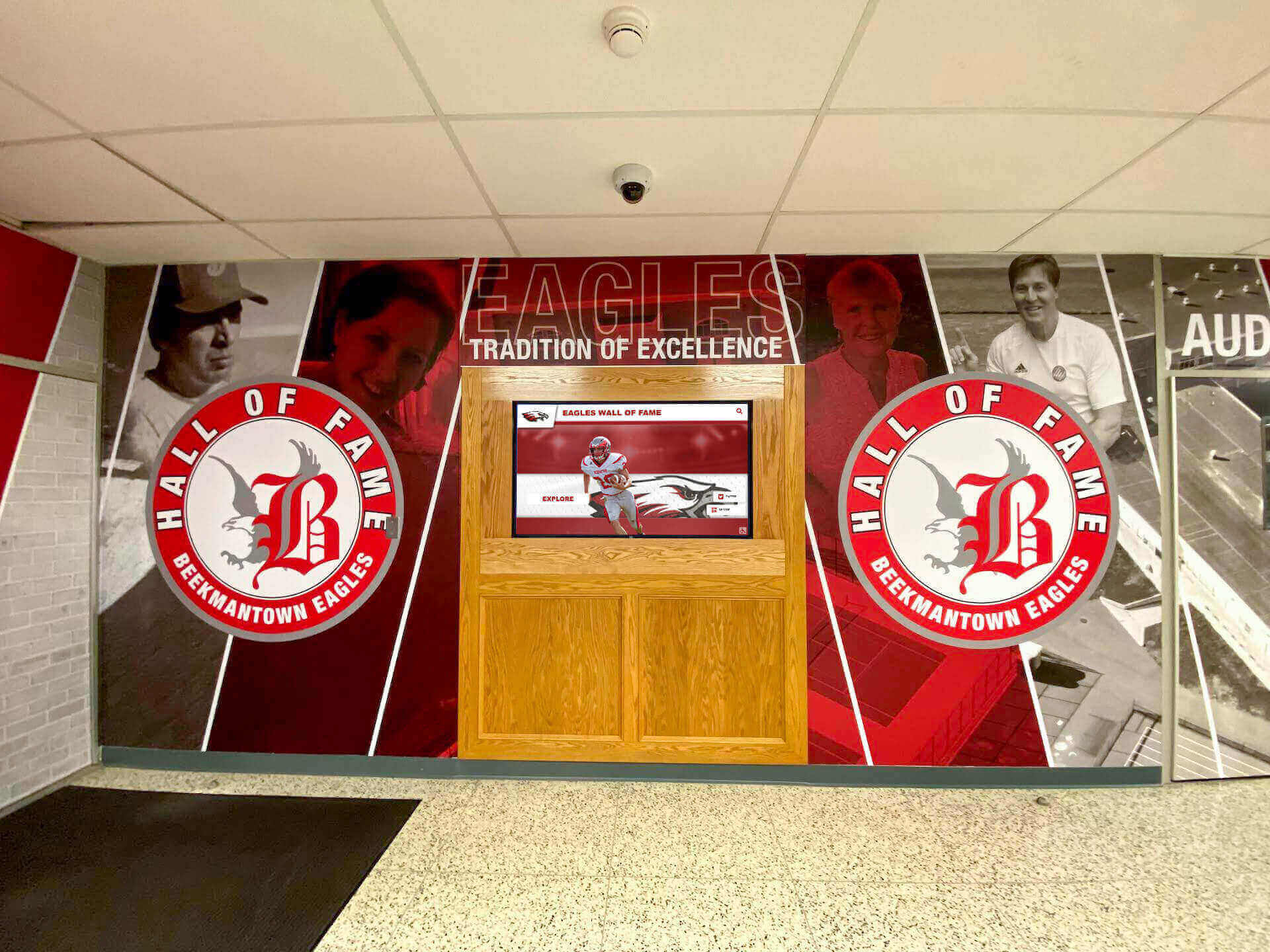
Interactive Exploration and Engagement
Static displays showing current month’s honorees provide minimal engagement compared to interactive digital systems allowing active exploration of achievement histories. Interactive touchscreens enable students to search their names, browse peer accomplishments, filter by achievement categories, explore recognition from previous years, and discover inspiring role models among alumni who earned similar recognition.
This interactive element transforms passive viewing into active engagement particularly appealing to technology-comfortable students. Rather than glancing at bulletin boards while passing, students spend meaningful time exploring digital recognition displays, discovering comprehensive achievement stories that inspire their own goal-setting. The exploratory nature of interactive systems ensures students repeatedly engage with content maintaining long-term awareness and motivation.
Family Accessibility and Pride
Digital recognition extends beyond campus boundaries, enabling families to view student achievements remotely through web-accessible platforms and mobile applications. This accessibility proves invaluable for engaging parents and extended family members who cannot regularly visit campuses but want to celebrate student accomplishments.
When families can easily access and share student recognition through social media and personal networks, they become powerful school ambassadors distributing positive messages throughout communities. This authentic family advocacy provides marketing value while strengthening crucial school-home partnerships. Approaches to parent and family engagement through digital recognition demonstrate how technology amplifies recognition program impact beyond traditional boundaries.
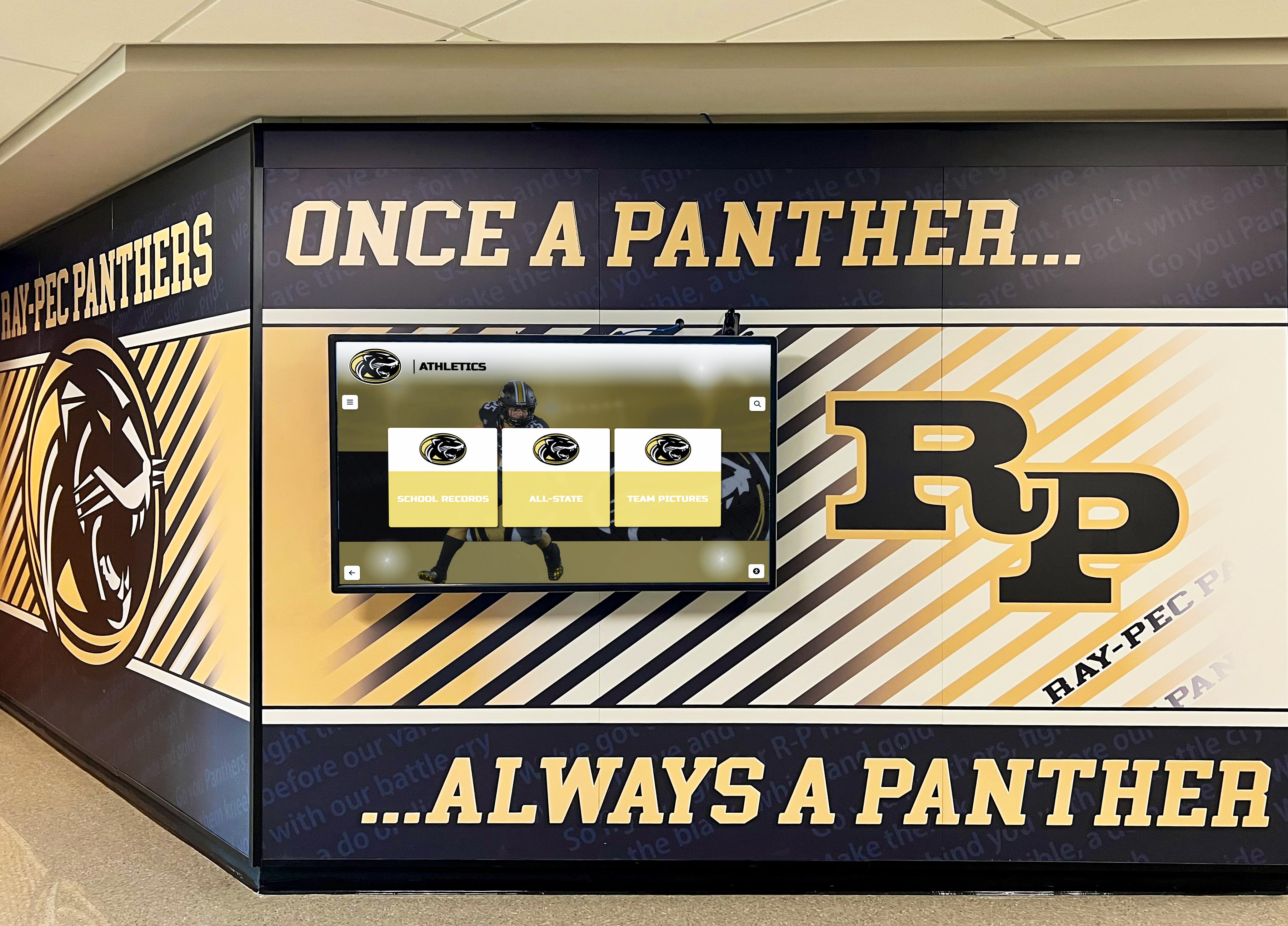
Permanent Searchable Archives
Digital systems preserve complete recognition histories creating permanent archives students and alumni can access throughout their lives. This permanence serves multiple purposes: it provides students with documentation for college applications and scholarship essays, creates institutional memory preserving achievement traditions, allows alumni to revisit their student accomplishments generating ongoing connection, and enables comprehensive data analysis tracking recognition patterns and program effectiveness.
The archival function proves particularly valuable for students from families lacking resources to preserve achievement records. Digital recognition ensures every honored student maintains permanent accessible documentation of their accomplishments regardless of whether families saved certificates or took photos at ceremonies.
Implementing Recognition Programs That Drive Success
Effective recognition requires strategic program design ensuring acknowledgment feels meaningful, earned, and accessible to diverse students rather than concentrating among narrow populations.
Diverse Achievement Categories
Comprehensive recognition honors varied accomplishments rather than limiting acknowledgment to traditional academic or athletic excellence alone. Effective programs celebrate academic achievement across subjects and grade levels, significant academic improvement regardless of absolute performance, character demonstrations including kindness, integrity, and respect, leadership in formal positions and informal contexts, service to school and broader community, creative and artistic accomplishments, athletic participation and achievement, attendance and reliability, peer support and mentoring, and overcoming personal challenges demonstrating resilience.
Diverse categories ensure students with different strengths and circumstances all see potential pathways to recognition. When only narrow excellence receives celebration, many students disengage believing acknowledgment remains perpetually out of reach. Comprehensive programs keep all students invested in continued growth across multiple dimensions.
Transparent Criteria and Fair Processes
Recognition maintains credibility only when students perceive selection processes as fair and transparent. Programs should clearly communicate eligibility criteria that students can work toward, nomination processes explaining how students get considered, selection procedures demonstrating thoughtful evaluation, and documentation justifying recognition decisions when questioned.
Transparency proves particularly important for avoiding perceptions of favoritism or bias that undermine program effectiveness. When students believe only teacher favorites receive recognition regardless of actual achievement, programs lose motivational power. Conversely, when students understand exactly what earns recognition and see consistent application of stated criteria, acknowledgment genuinely drives behavior change.
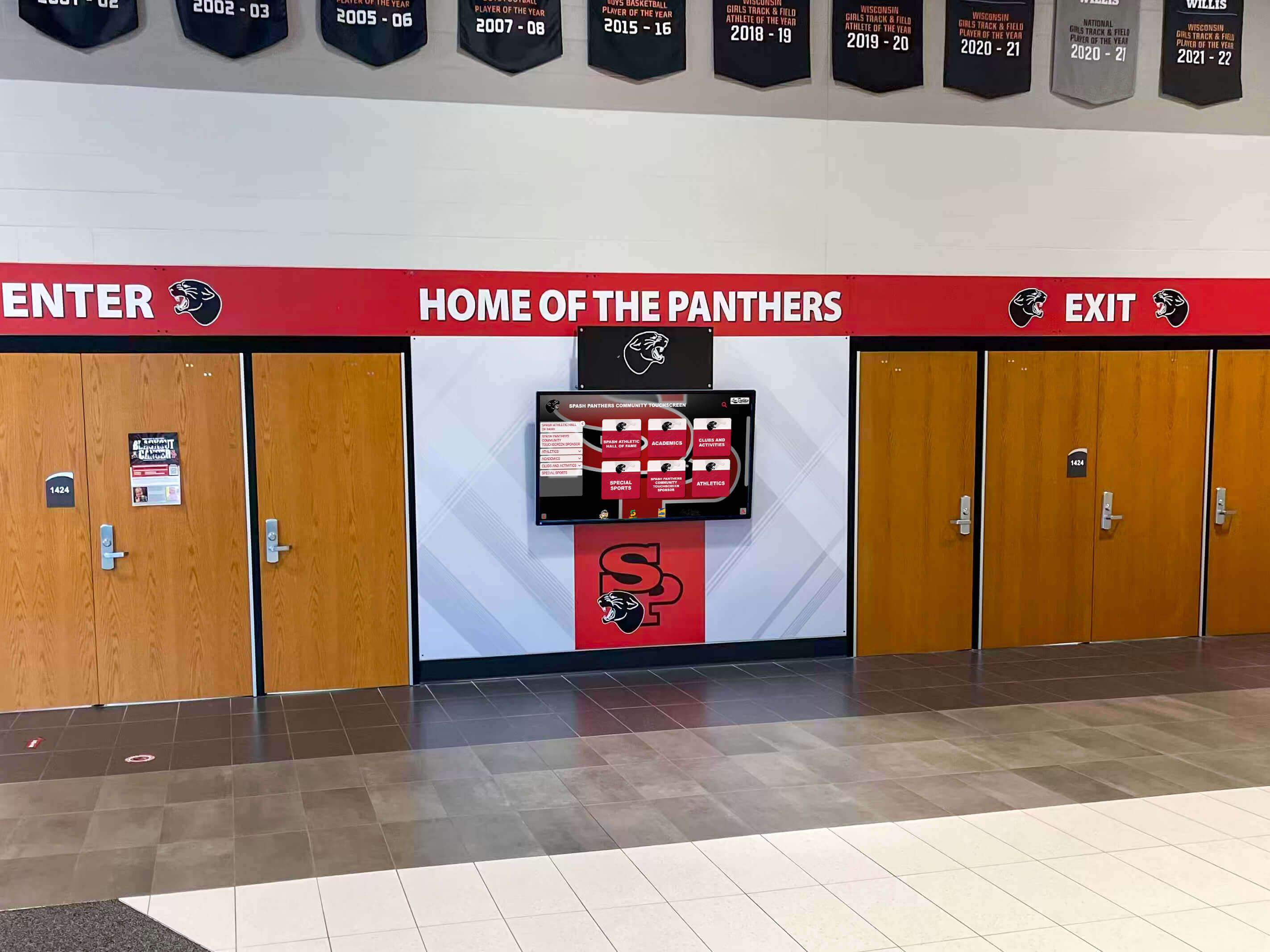
Timely Recognition Maintaining Relevance
Recognition delayed months after achievements occurs loses significant impact compared to prompt acknowledgment while accomplishments remain timely. Traditional approaches updating displays only at year end or publishing recognition only in annual yearbooks fail to maximize motivational effects. Digital systems enable near-immediate recognition appearing within days or weeks of achievements, maintaining relevance and reinforcing effort-achievement connections while experiences remain fresh.
Schools should establish predictable update schedules ensuring recognized students receive prompt acknowledgment: weekly or biweekly updates for ongoing accomplishments, monthly recognition cycles for period-based achievements, quarterly major updates for significant milestones, and annual comprehensive celebrations for cumulative success. Regular updates maintain program visibility while demonstrating ongoing institutional commitment to celebrating achievement.
Equity Monitoring and Inclusive Practices
Even well-intentioned recognition programs can inadvertently concentrate acknowledgment among advantaged student groups unless schools deliberately monitor equity and implement inclusive practices. Regular data analysis should track recognition distribution by gender, race, and ethnicity, socioeconomic status indicators, English learner status, special education designation, grade levels and age groups, and achievement types and categories.
When analysis reveals underrepresentation of particular groups, schools should implement corrective strategies: expanding recognition categories to honor overlooked accomplishments, actively soliciting nominations from teachers serving underrepresented populations, creating achievement criteria accessible regardless of family resources, providing professional development addressing recognition bias, and celebrating growth and improvement alongside absolute achievement. Systematic attention to equity ensures recognition benefits all students rather than reinforcing existing advantages.
Measuring Recognition’s Impact on Student Success
Strategic assessment demonstrates recognition program effectiveness while identifying improvement opportunities ensuring initiatives achieve intended outcomes.
Academic Performance Indicators
Schools should track how recognition correlates with key academic metrics including grade point average trends for recognized versus non-recognized students, honor roll participation rates over time, standardized assessment score patterns, advanced coursework enrollment in honors and AP classes, academic competition participation and results, and graduation rates and post-secondary enrollment patterns.
While correlation doesn’t prove causation, sustained positive relationships between recognition and academic outcomes justify continued investment while suggesting program expansion. Particularly compelling evidence emerges when schools track individual student trajectories showing achievement improvements following initial recognition experiences.
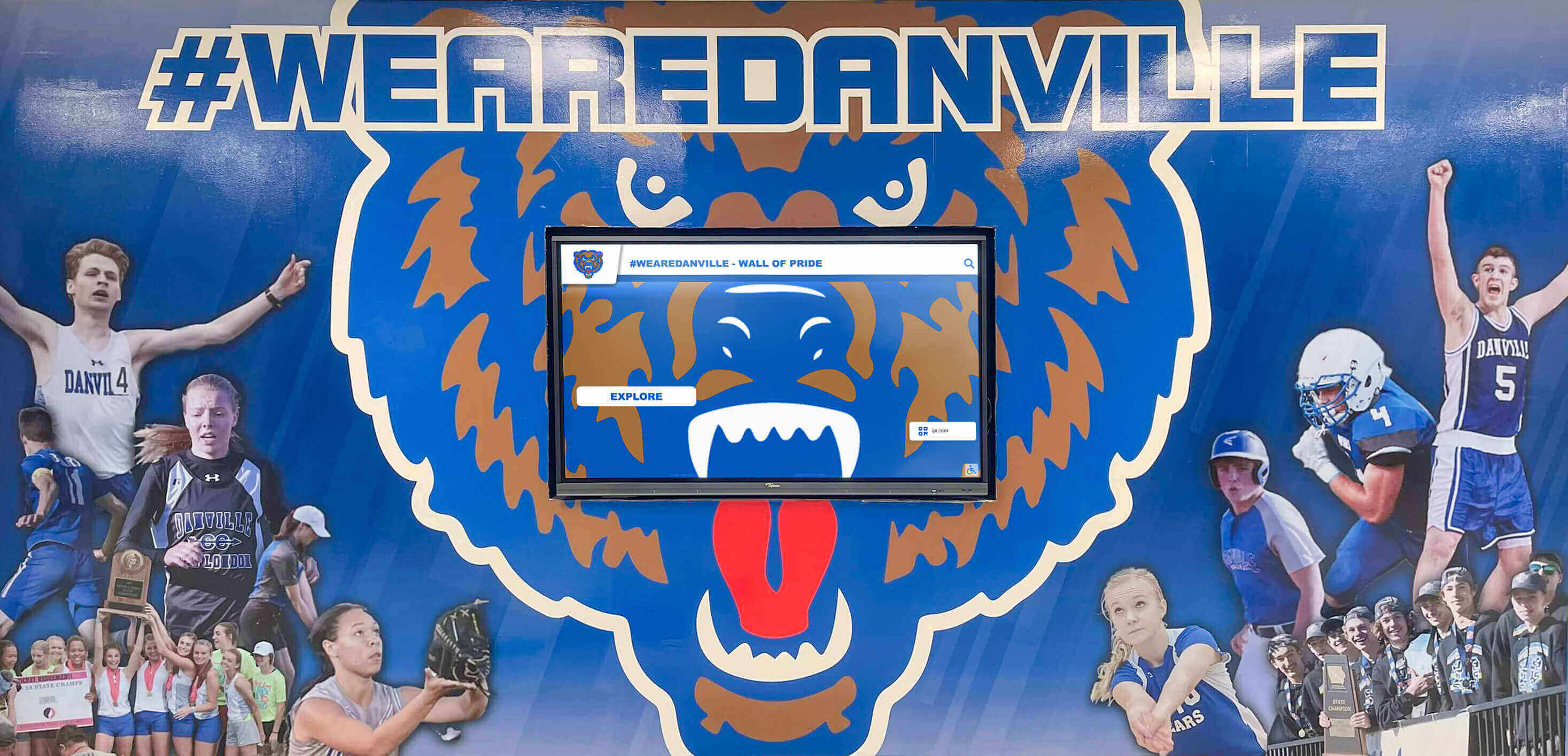
Behavioral and Engagement Measures
Beyond academics, recognition should influence broader student engagement including attendance rates and chronic absenteeism patterns, disciplinary incident frequency and severity, extracurricular participation in clubs and activities, community service hours and volunteer engagement, leadership position applications and involvement, and school pride indicators from student surveys.
These behavioral measures often show recognition effects before academic improvements become visible. Increased engagement precedes achievement gains, making behavioral indicators valuable early evidence of program impact supporting continued implementation even before standardized test scores demonstrate corresponding improvements.
Long-Term Success Tracking
The ultimate recognition program measure involves long-term student success after leaving school: college enrollment and completion rates, career achievement and professional success, continued service and community engagement, alumni connections to school communities, and qualitative success stories from recognized students.
While long-term outcomes prove challenging to track, even limited follow-up data powerfully demonstrates recognition’s lasting influence. Alumni testimonials about recognition’s impact on their development provide compelling evidence justifying program investment while inspiring current students by showing recognition traditions span generations.
Best Practices for Celebrating Student Success
Beyond formal recognition programs, daily practices for celebrating achievement create cultures where success receives consistent acknowledgment rather than occasional ceremony-based recognition.
Regular Verbal Acknowledgment
Teachers’ daily recognition through verbal praise and specific feedback provides immediate reinforcement supporting formal program structures. Effective verbal recognition describes specific behaviors or achievements rather than offering generic praise, explains why accomplishments matter and warrant acknowledgment, connects achievements to student effort and strategy use, encourages continued pursuit of excellence through specific next steps, and occurs promptly after achievements while experiences remain fresh.
Consistent classroom-level recognition ensures all students experience regular acknowledgment rather than only those earning formal program honors. This universal recognition prevents programs from becoming exclusive clubs where most students never experience acknowledgment.
Peer Recognition Opportunities
Student-to-student acknowledgment carries unique power during developmental periods when peer approval matters tremendously. Schools can facilitate peer recognition through structured nomination processes for formal recognition, classroom sharing where students celebrate classmate accomplishments, peer feedback systems in collaborative learning, student-led recognition committees participating in selection, and social media student ambassadors sharing peer success stories.
Peer recognition teaches students to notice and appreciate others’ achievements—an important social-emotional skill predicting collaborative success in adult contexts. When students learn to genuinely celebrate classmate accomplishments rather than feeling threatened by peer success, entire school cultures improve.
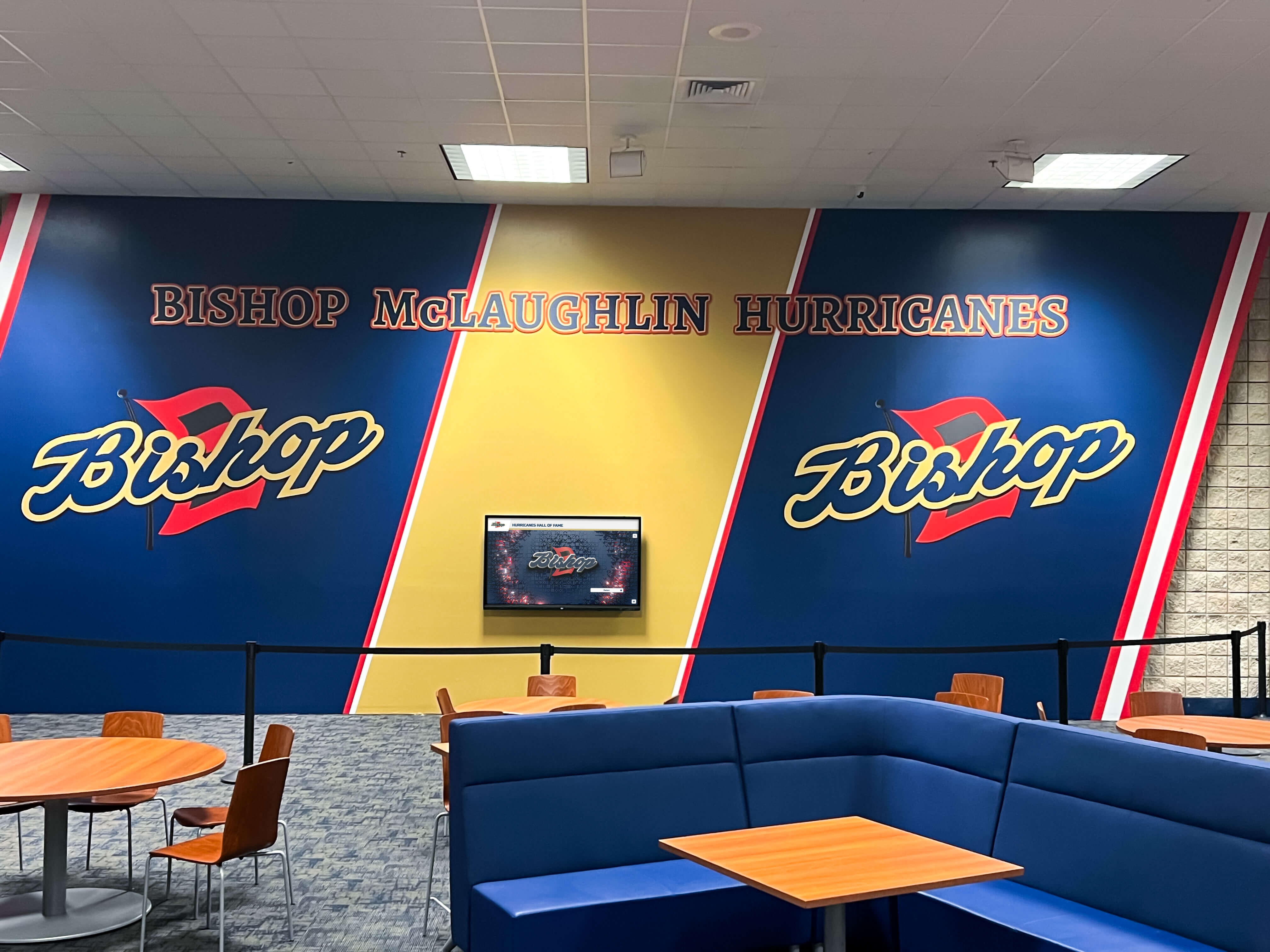
Family Communication and Involvement
Engaging families in recognition amplifies impact while strengthening critical school-home partnerships. Effective family engagement includes prompt notification when students earn recognition, invitations to recognition ceremonies with flexible scheduling, accessible viewing of digital recognition displays remotely, social media content families can easily share, regular communication about recognition opportunities and criteria, and family testimonial opportunities for recognition narratives.
When families understand what earns recognition and how students can pursue acknowledgment, they become partners supporting student goal achievement rather than passive ceremony attendees. This active partnership orientation strengthens students’ support systems while increasing likelihood of sustained effort toward recognition-worthy goals.
Overcoming Common Recognition Challenges
Even well-designed programs encounter predictable obstacles that schools can address through proactive strategies.
Challenge: Student Cynicism About Recognition
Some students, particularly adolescents, may express cynicism about recognition programs viewing them as childish or inauthentic.
Solutions: Design age-appropriate recognition avoiding elementary-style approaches for secondary students, involve student leadership in program design ensuring peer perspective, emphasize meaningful privileges and opportunities over trinkets, explicitly connect recognition to future benefits like college applications, provide lower-profile acknowledgment options for private students, use sophisticated technology and presentation appealing to older students, and maintain rigorous criteria ensuring recognition remains earned rather than universal.
Challenge: Time and Resource Constraints
Recognition programs require ongoing time investment and financial resources that busy schools struggle to allocate.
Solutions: Designate specific staff responsibility with allocated time, use digital content management systems streamlining updates, create recognition templates simplifying content development, train student assistants to support program operations, integrate recognition into existing school events rather than separate programs, and leverage family volunteers for ceremony and logistics support.
Digital systems particularly address resource constraints by dramatically reducing time required for display updates while eliminating ongoing printing and production costs associated with traditional physical recognition.
Challenge: Maintaining Program Momentum
Initial enthusiasm often fades as programs become routine and competing priorities emerge.
Solutions: Regular program assessment and data-driven improvement, content variety through rotating featured categories and formats, student involvement keeping programs connected to current interests, visible celebration of program successes and impact stories, professional development reinforcing recognition best practices, leadership commitment ensuring ongoing priority and resources, and recognition of staff members effectively implementing programs.
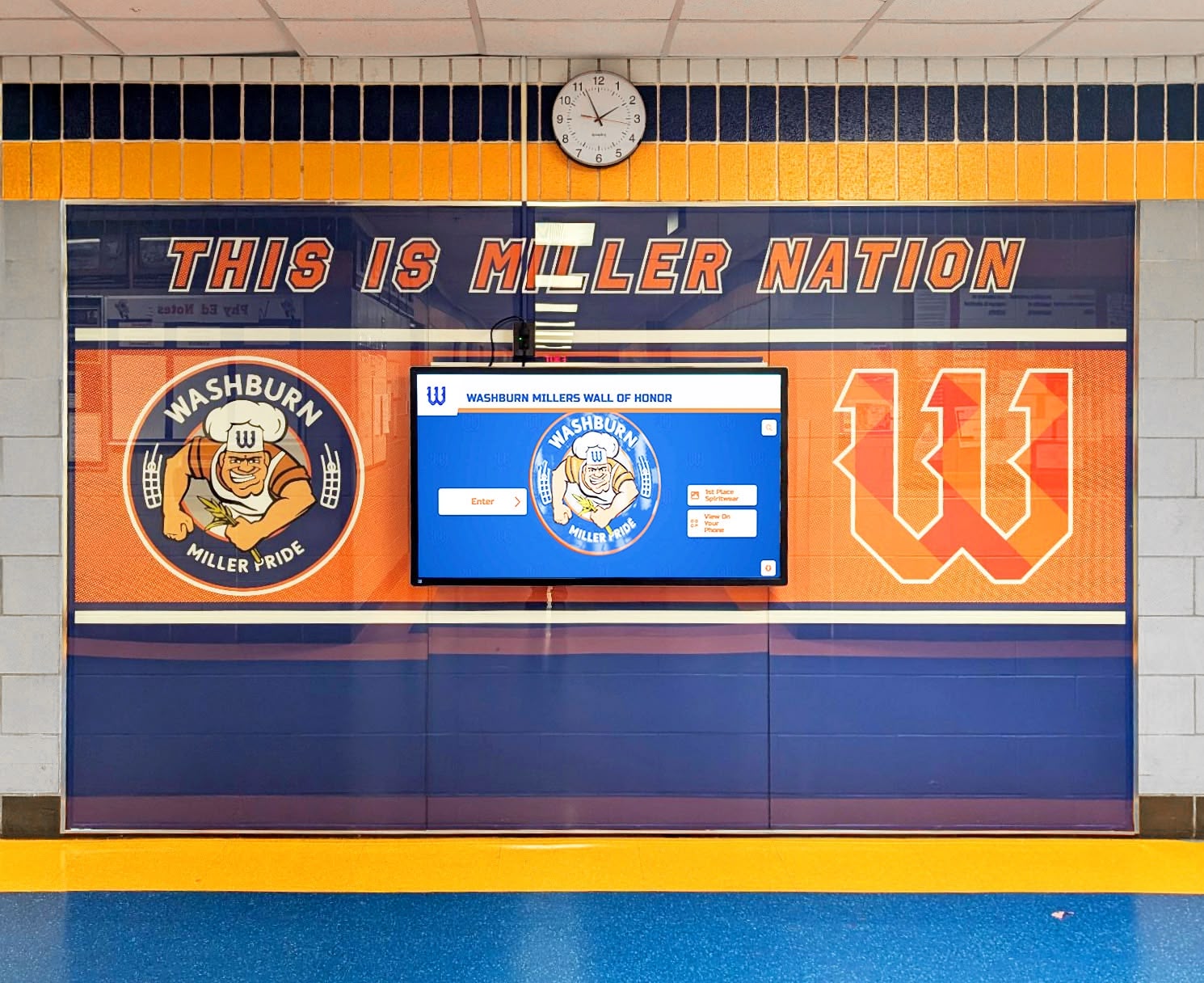
The Long-Term Impact: Recognition Creating Lifetime Success
Recognition’s influence extends far beyond immediate school contexts, shaping students’ self-concepts and trajectories throughout adult lives.
College and Career Readiness
Students experiencing meaningful recognition develop confidence essential for pursuing ambitious post-secondary goals. Recognized students demonstrate higher rates of college application and enrollment, greater likelihood of completing degrees, more ambitious career goal-setting, stronger professional networking skills, and greater resilience when facing workplace challenges.
Recognition provides concrete documentation for college applications and scholarship essays while building interview confidence as students articulate their accomplishments. This practical preparation advantage complements psychological benefits creating comprehensive college and career readiness.
Lifelong Learning Orientation
Perhaps recognition’s most valuable long-term effect involves fostering continued learning throughout adult life. Students who experience achievement acknowledgment develop positive associations with learning and growth, making them more likely to pursue professional development, continue education through advanced degrees, embrace new challenges and skill development, seek feedback and improvement opportunities, and model learning orientation for their own children.
This lifelong learning stance predicts career success and personal fulfillment across dramatically changing employment landscapes requiring continuous skill adaptation. Recognition programs teaching students that growth earns acknowledgment lay foundations for adult mindsets embracing perpetual development.
Alumni Engagement and Giving
Students who experienced meaningful recognition maintain stronger connections to educational institutions throughout their lives. Recognized alumni demonstrate higher engagement rates with alma maters, greater financial giving and philanthropic support, more volunteering and mentoring of current students, stronger advocacy within professional and personal networks, and greater likelihood of sending their children to the same institutions.
This sustained engagement creates virtuous cycles where recognition strengthens alumni connections, engaged alumni support current programs, and strong alumni networks enhance institutional reputation attracting additional resources and talented students—all ultimately benefiting current and future student bodies.
Conclusion: Building Futures Through Recognition
Increasing school efforts to highlight student success through meaningful recognition programs represents strategic investment in student futures rather than superficial acknowledgment or participation trophy culture. When implemented thoughtfully through comprehensive achievement categories, transparent criteria, timely celebration, and modern technology enabling unlimited recognition capacity, these programs fundamentally shape student development across critical dimensions.
Recognition builds the self-efficacy, growth mindset, resilience, and ambition predicting long-term success while strengthening character and social-emotional competencies equally essential for adult thriving. Digital recognition solutions like interactive touchscreen displays from Rocket Alumni Solutions provide schools with powerful tools for celebrating diverse accomplishments at scale while creating engaging experiences that inspire continued excellence and connect school communities across generations.
The evidence is clear: recognized students outperform peers, pursue more ambitious goals, demonstrate greater persistence, develop stronger character, and maintain lifelong learning orientations predicting sustained success. Schools prioritizing student recognition aren’t simply celebrating past achievements—they’re actively constructing student futures characterized by confidence, capability, and continued growth.
Ready to transform how your school celebrates student success? Modern recognition systems combining unlimited digital capacity, engaging interactive features, comprehensive achievement documentation, and family accessibility ensure every student receives the acknowledgment they deserve while building the motivation and self-belief essential for reaching their full potential throughout education and life.




































